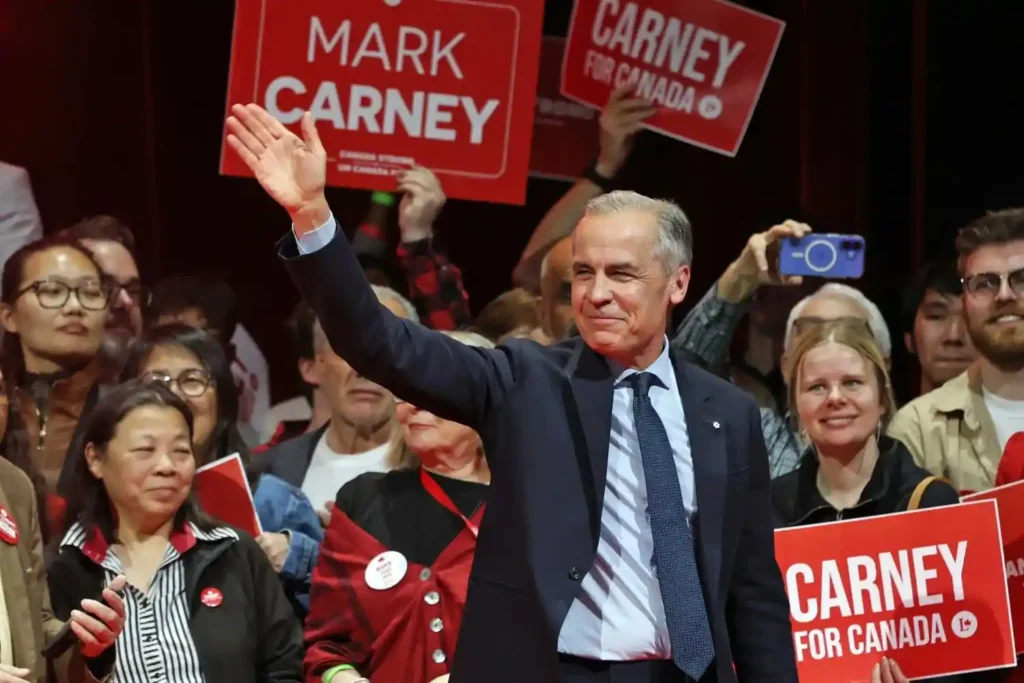
Liberal Minority for the Third Time
Canada’s 2025 federal election has delivered another minority government for the Liberal Party, led by newly appointed Prime Minister Mark Carney. With 169 seats secured in the 343-member House of Commons, the Liberals fell just three short of a majority. While still the largest party in Parliament, they will once again have to rely on support from opposition members to pass key legislation. It’s a political déjà vu of sorts, mirroring the outcomes of both the 2019 and 2021 elections under Justin Trudeau’s leadership.
Carney’s Rapid Rise
Mark Carney’s political journey has been swift and unconventional. Just four months ago, he wasn’t even an elected Member of Parliament. Best known for his roles as Governor of the Bank of Canada and later the Bank of England, Carney entered politics after Trudeau and Deputy Prime Minister Chrystia Freeland abruptly stepped down following internal party strife. Winning the Liberal leadership with a commanding 85.9% of party support in January, Carney entered the general election campaign with no prior legislative experience but a strong technocratic image. His economic credentials, combined with a calm, calculated approach, helped him rally a fractured Liberal base.
Conservatives Falter, Poilievre Out
The Conservative Party, expected to mount a serious challenge, fell short of expectations. Leader Pierre Poilievre not only failed to bring his party to power but also lost his Carleton seat to Liberal newcomer Bruce Fanjoy. Poilievre’s brand of fiery conservatism failed to resonate with key suburban and younger voters, and many within his party are now calling for a leadership review. While the Conservatives retained strongholds in Alberta and Saskatchewan, they made minimal gains in Quebec and urban Ontario, areas crucial for national victory.
NDP Collapse and Singh’s Exit
One of the most dramatic developments of the election night was the near-wipeout of the New Democratic Party. The NDP ended up with just seven seats, losing official party status for the first time in decades. Leader Jagmeet Singh lost his Burnaby Central seat and announced his resignation shortly afterward. Once seen as a progressive alternative, the NDP struggled to differentiate itself from the Liberals under Carney’s centrist economic platform. The party now faces an existential crisis and an uncertain path forward.
Bloc Holds Ground, Greens Make Modest Gains
The Bloc Québécois maintained its position in Quebec, capturing over 30 seats and continuing its role as a regional powerhouse. Meanwhile, the Green Party made modest gains, winning five seats, up from three in 2021, reflecting growing support among environmentally conscious voters, particularly on the West Coast.
Trump’s Shadow Looms Large
Though not on the ballot, U.S. President Donald Trump played an outsized role in shaping the tone of Canada’s election. His inflammatory comments about Canada, ranging from threats of annexation to renewed tariffs on steel and aluminium, helped galvanize nationalist sentiment north of the border. Carney’s campaign turned Trump into a political foil, promising to protect Canadian sovereignty and economic stability in the face of what he called “foreign intimidation.” The anti-Trump message appeared to resonate, particularly with younger urban voters and swing ridings in Ontario and British Columbia.
No Easy Road Ahead
Despite the victory, Carney’s path forward is fraught with challenges. Governing as a minority means negotiations and compromises will be necessary, especially with a fragmented Parliament and diminished support from traditional allies like the NDP. Carney will also need to win a by-election to officially take a seat in the House of Commons. While early speculation suggests he could run in Toronto Centre or Ottawa South, no formal announcement has been made.
Economic Recovery and Climate at the Forefront
Carney’s campaign heavily emphasized economic recovery, affordability, and green transition. With inflation still lingering and affordability a top concern for many Canadians, he will be under pressure to act swiftly on housing, healthcare, and job creation. Simultaneously, his commitment to achieving net-zero emissions by 2050 will be tested, particularly given opposition from conservative premiers in Alberta and Saskatchewan, where energy policy remains a contentious issue.
A New Chapter Begins
While Mark Carney’s Liberals have retained power, the narrow margin serves as both a victory and a warning. Voters have offered cautious trust in his leadership, but not without conditions. With Parliament set to resume in late May, all eyes will be on Carney as he builds his cabinet, prepares for legislative battles, and charts a course for Canada’s uncertain but promising future.











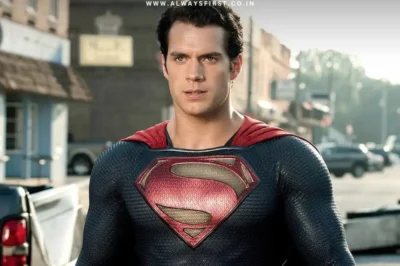








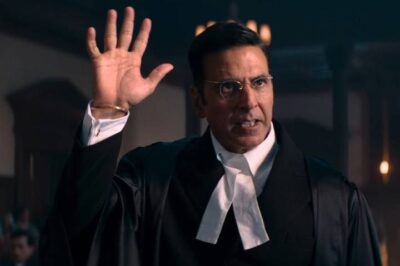


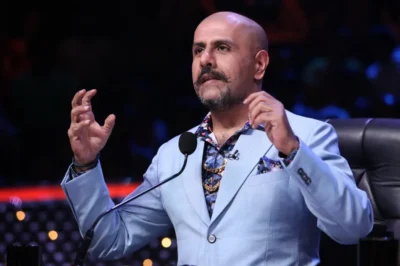











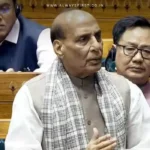

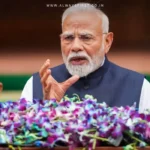



Leave a Reply